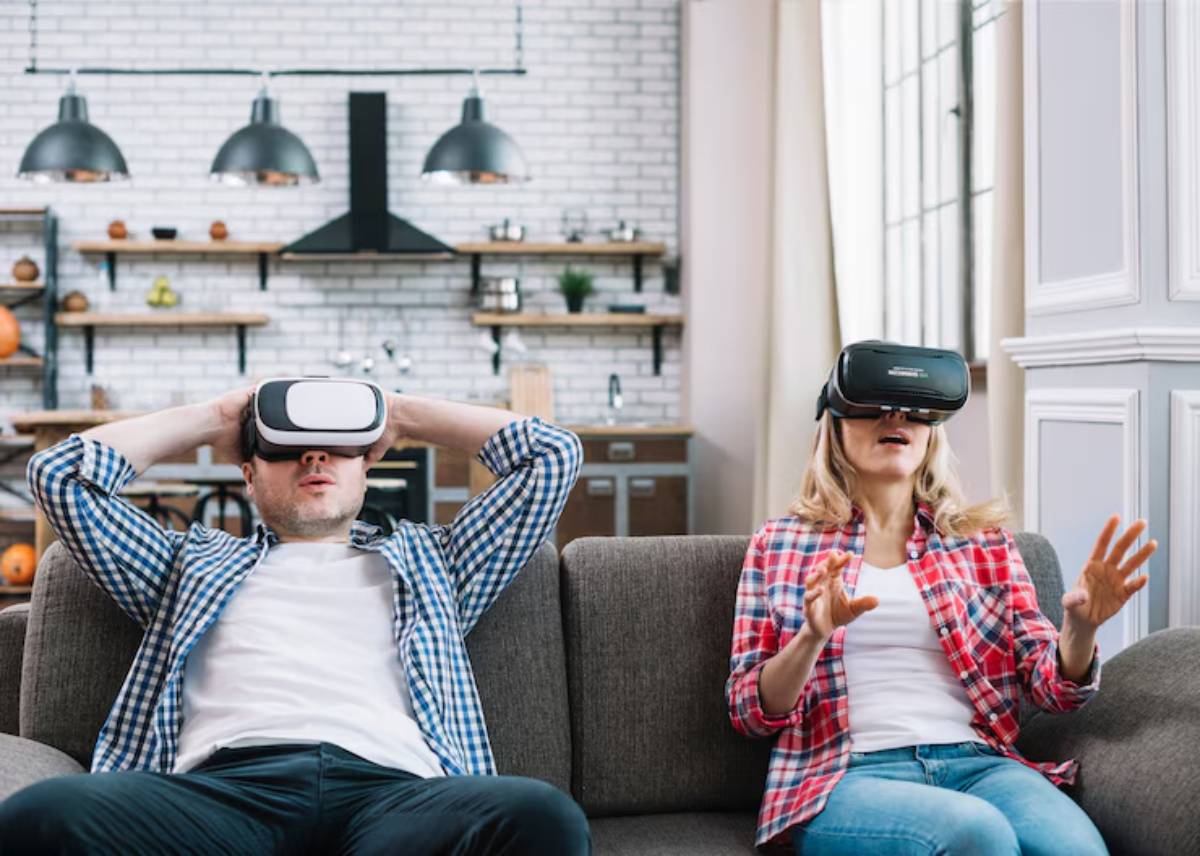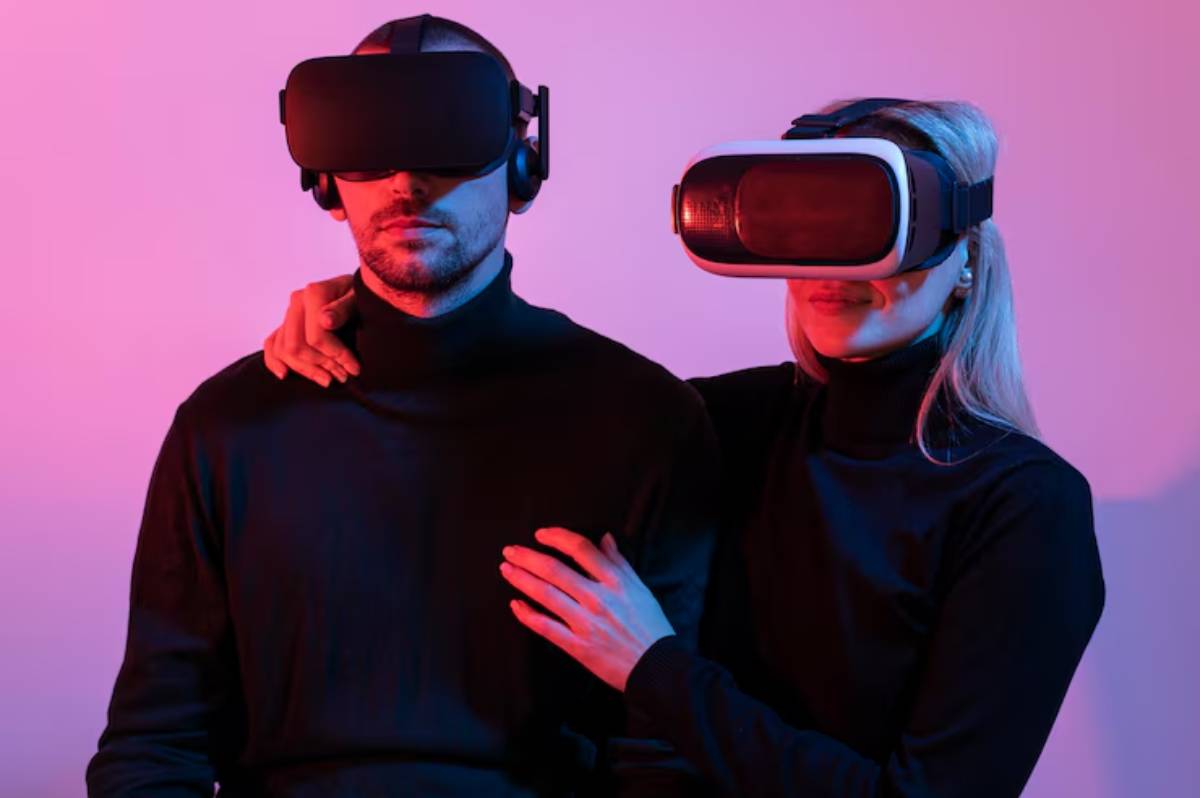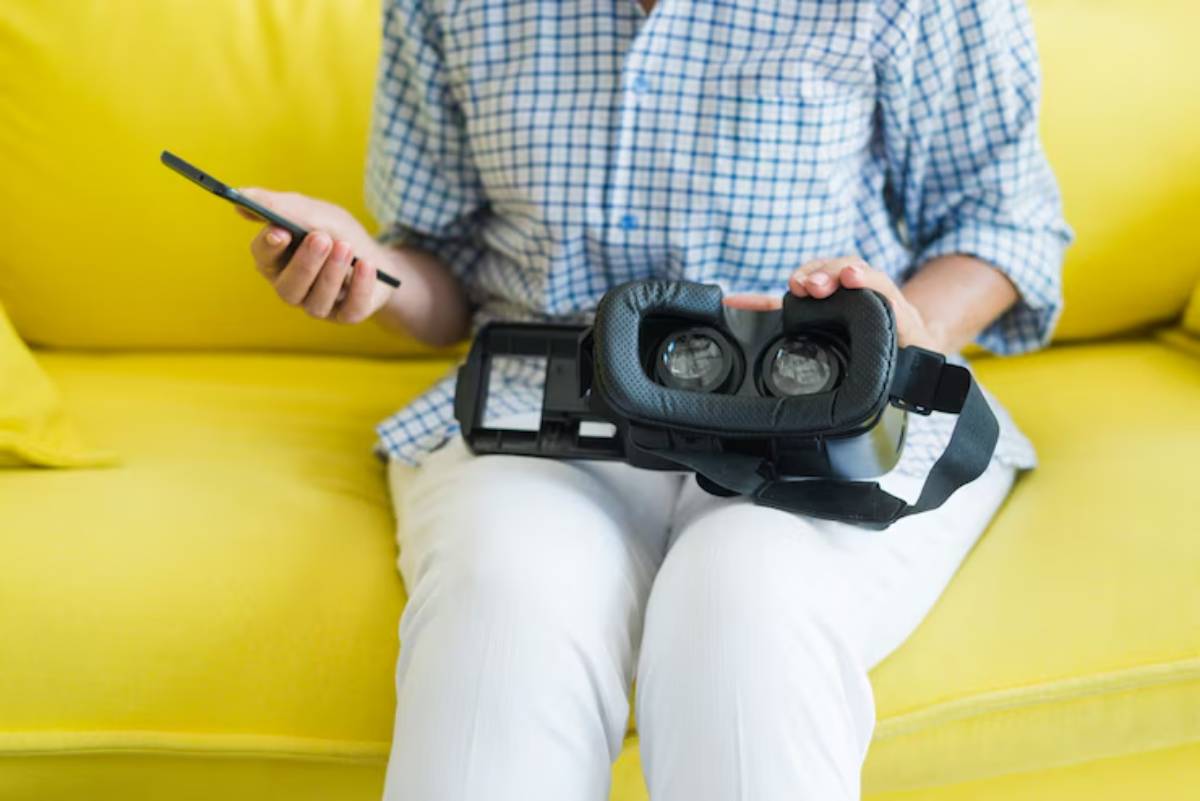
How to Compare VR Headsets Side by Side
With dozens of virtual reality headsets on the market, ranging from premium PC rigs to affordable standalone devices, it can be overwhelming to choose the right one. Whether you’re buying your first headset or upgrading from an older model, side-by-side comparisons are the key to a confident decision.
But what should you actually be comparing? Display resolution? Field of view? Tracking type? This guide breaks down everything you need to know to compare VR headsets effectively, helping you move beyond flashy specs and into real-world performance insights.
Understanding the Core

What Makes a Headset Comparison Useful (and What Doesn’t)
Marketing specs don’t tell the whole story. For instance, two headsets might claim “4K resolution,” but have vastly different pixel densities or lens clarity. Similarly, refresh rate and FOV only matter in context—paired with strong tracking, battery life, and comfort.
A useful VR headset comparison goes beyond numbers. It looks at:
- Practical usage scenarios
- Cross-platform compatibility
- Accessory ecosystems
- Comfort for long sessions
- Real-world user feedback
That’s why structured, feature-by-feature comparisons—backed by live data and personal needs—are more reliable than generalised reviews or spec sheets.
Pro Tip: Don’t compare more than 4 headsets at once—you’ll overload yourself. Narrow down first, then compare deeply.
Checklist at a Glance

- Define your use case: gaming, fitness, productivity, media, or enterprise
- Set your platform: PC, standalone, console, or hybrid
- List essential features: resolution, FOV, refresh rate, tracking
- Compare comfort factors: weight, face padding, head straps, balance
- Evaluate ecosystem: supported games, software access, modding options
- Check real-world performance reviews
- Look at accessory availability and upgrade options
- Verify return policies and warranty support
- Factor in price range and regional availability
- Use comparison tools or tables for visual clarity
Important Note: Check community forums and subreddits for unfiltered user experiences before purchasing.
Step-by-Step Guide: How to Practise Effective Headset Comparison

1. Start with your goal
Define what you’ll primarily use the headset for. Example use cases:
- PC Gaming: high fidelity, modding, wide game access
- Standalone play: mobility, casual gaming, fitness apps
- Mixed use: flexible connectivity, varied content needs
Understanding your use case lets you prioritise relevant specs and ignore what doesn’t apply.
2. Pick your platform
Identify your preferred or current ecosystem:
- PC VR: Needs powerful PC, supports mods and high-end graphics
- Standalone: Portable and wireless, but lower fidelity
- Console: Locked ecosystem, easier plug-and-play
- Hybrid: Supports both (e.g., Meta Quest 3 with Air Link)
If you’re still exploring compatibility options, check out our cross-platform VR headset comparison for deeper insight.
3. Compare display specs
Key terms to look for:
- Resolution per eye (not total resolution)
- Pixel density (PPD): affects sharpness
- Lens type: fresnel vs pancake vs aspheric
- Refresh rate: 72Hz is base; 90Hz+ is ideal for fast gameplay
- Field of View (FOV): wider is more immersive; ~100–120° is standard
4. Evaluate tracking method
- Inside-out tracking: built-in cameras (more user-friendly)
- Outside-in tracking: external sensors (more precise)
- Hand/eye tracking: bonus features, may affect future compatibility
Tracking quality impacts precision, latency, and usability—especially in active games or creative tools.
5. Factor in comfort and build quality
Test or research:
- Weight distribution (is it front-heavy?)
- Padding and facial interface options
- IPD adjustment (manual or digital)
- Ventilation and heat dispersion
- Material durability
If comfort is a major concern, you might also want to see how lightweight VR headsets perform in long sessions.
6. Consider audio and controller design
- Integrated audio: built-in vs headphone jack
- Controller ergonomics: grip, weight, battery
- Haptics: quality of vibration feedback
- Battery life and recharge method (USB-C, AA, etc.)
7. Examine software ecosystem and updates
- Game library: native app stores, SteamVR support, exclusives
- Developer support: frequent firmware updates, community tools
- Backward compatibility and cross-play options
8. Compare pricing tiers
Break it down into:
- Base headset
- Required accessories (straps, chargers, base stations)
- Optional upgrades (battery packs, facial interface, elite straps)
- Hidden costs (subscription services, DLCs)
9. Use a structured comparison table
Lay out your shortlisted headsets in a table with consistent categories:
- Display
- Tracking
- Comfort
- Battery
- Price
- Supported platforms
- Notable pros/cons
Tools like Google Sheets or third-party comparison sites help you visualise your top picks side by side.
Best Practices & Additional Insights
- Try before you buy: VR demo stations, expos, or borrowing from a friend are the best way to test comfort and clarity.
- Follow firmware updates: Manufacturers often fix early issues or boost performance with updates.
- Keep your future needs in mind: If you plan to expand into fitness or productivity apps, make sure the device supports upgrades.
- Balance specs with reality: You might not notice the difference between 90Hz and 120Hz unless you’re playing high-motion games at top settings.
Sasha, a motion designer, initially bought a high-res headset for VR sculpting. But after a week of neck strain, she traded it for a lighter model with a slightly lower resolution—but better balance. The result? Longer sessions and better work quality.
FAQs
1. What’s the most important factor when comparing VR headsets?
Comfort and tracking reliability should be top priorities. Specs matter, but an uncomfortable headset ruins even the best visuals.
2. Do higher refresh rates really matter?
Only for specific use cases like fast-paced games or competitive rhythm titles. For casual use, 72–90Hz is perfectly adequate.
3. Are standalone headsets good for gaming?
Yes. Devices like the Meta Quest 3 offer excellent performance for casual and mid-tier gaming. PC tethering improves fidelity if needed.
4. What’s the best way to test fit and comfort?
Try wearing the headset for at least 15 minutes. Pressure on the cheeks, forehead, or nose often reveals itself gradually.
Conclusion
Comparing VR headsets side by side is more than lining up numbers. It’s about matching your personal goals with hardware that fits comfortably, performs reliably, and evolves with your needs. With the right comparison approach, you can confidently cut through the noise and invest in a headset that serves you now—and later.
Take your time, trust your instincts, and use the steps above to make a choice that upgrades your reality.
If this helped clarify your decision, pass it along—or build your own VR comparison table today.


